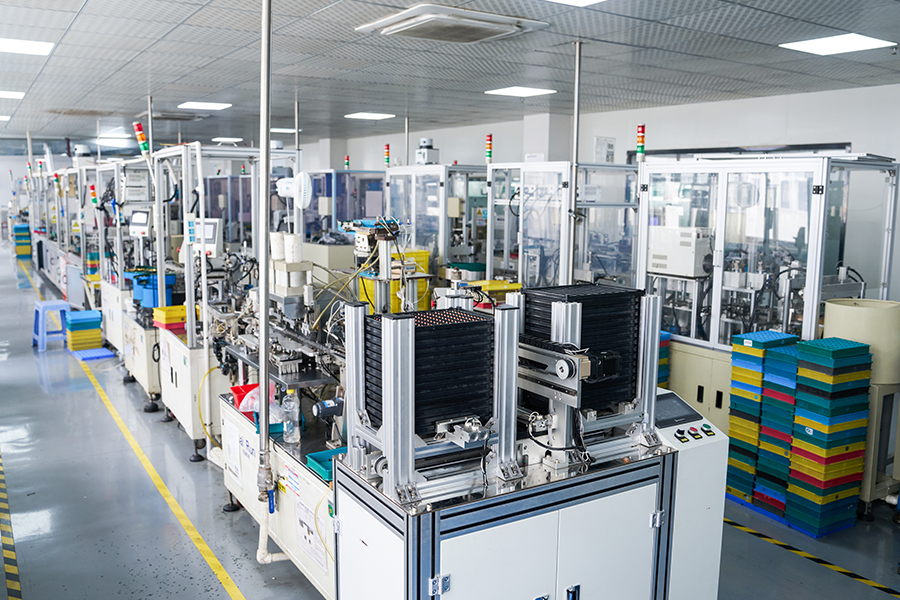In modern automation and industrial systems, both General Purpose Relay and Industrial Control Relay play crucial and interconnected roles. Whether integrating sensors, motors, or control panels, engineers often balance the use of general purpose relays for flexible tasks with industrial control relays for robust, heavy-duty switching.
Let’s break down the specific benefits that General Purpose Relays bring into industrial control systems.
1. Flexibility and Versatility
General purpose relays are designed to work across a broad spectrum of applications — from control panels, lighting circuits, actuator signals, to I/O relay functions. Because of their flexibility:
You can use the same relay designs across multiple applications, reducing part diversity and simplifying inventory.
They allow modular design: for example, a control module can have slots for general-purpose relays to react to different signals (e.g. pressure, temperature alarms).
2. Signal-Level Control and Sequencing
In many industrial systems, you need intermediary switching or logic chaining. General purpose relays are ideal for:
Relay sequence logic (e.g. cascade or interlock circuits)
Handling low-current sensor signals or logic outputs
Providing intermediate switching to drive heavier loads via industrial relays
They act as dependable “bridges” between controllers (PLC, microcontrollers) and heavier loads.
3. Cost-Effectiveness
General purpose relays tend to cost less (in terms of unit cost, maintenance, and replacement) than heavy duty relays. By assigning them to less critical loads or control circuits, you can reserve more robust relays only for high-stress tasks, optimizing total system cost.
4. Ease of Replacement and System Maintenance
Because general purpose relays are common and standardized, swaps and maintenance are easier:
They often come in socket-mount form, making relay replacement fast without rewiring major portions of a control panel.
With visual indicators or transparent housings (some models) you can observe the relay status easily.
Regular wear is often easier to detect and manage before it causes system failures.

Now that you understand the strengths of general purpose relays, let’s see how they typically cooperate with industrial control relays in a control system.
Scheme: Two-Layer Relay Architecture
A common architecture uses a two-layer relay approach:
Layer 1 — General Purpose Relay Layer
Takes inputs from sensors, logic outputs, control signals
Performs logic, sequencing, interlocks, and signal conditioning
Feeds into Layer 2
Layer 2 — Industrial Control Relay / Power Switching Layer
Receives outputs from Layer 1 relays
Switches high-current loads: motors, heaters, large actuators
Built to withstand harsh environment, voltage spikes, vibrations
This design isolates sensitive control logic from heavy-load switching, improving reliability and fault tolerance.
Consider a factory conveyor with multiple chambers:
Sensors detect items at each station.
General purpose relays interpret sensor signals, implement interlocks (e.g. ensure only one station is active at a time).
The result triggers an industrial control relay that powers the motor running that section of the conveyor.
The industrial relay handles the current, motor startup inrush, and protects against overload or voltage surges.
By separating tasks this way, you protect control logic from high-power disturbances and can tune each relay layer to its specific demands.
To maximize benefits, proper selection and design is critical. Here are key factors to watch:
| Factor | Recommendation / Notes |
|---|---|
| Contact Ratings | Ensure the relay’s contact current/voltage rating exceeds expected load (including inrush). |
| Coil Voltage & Tolerance | Match the control voltage (e.g. 24 VDC, 220 VAC). Use tolerance margin to avoid misoperation. |
| Switching Life & Durability | Choose relays rated for many cycles if switching is frequent. Consider mechanical vs electrical life. |
| Environmental Resistance | For industrial environments, select relays with protection against dust, vibration, temperature swings. |
| Isolation and Noise Immunity | Ensure coil-to-contact isolation and shielding to protect sensitive logic circuits. |
| Relay Overload Protection | Use snubber circuits, suppression coils or RC networks to manage transient voltages, especially for inductive loads. |
When designed well, the combination of General Purpose Relay and Industrial Control Relay yields a resilient, efficient control architecture.
Our General Purpose Relay and Industrial Control Relay each bring distinct advantages to industrial systems. The general purpose relay contributes flexibility, signal-level control, cost-efficiency, and ease of substitution. The industrial control relay bears the burden of switching heavy loads in demanding environments.
Quick Contact
Yueshang Innovation Park, Wengyang Street, Yueqing City, Zhejiang, China
Pages
Stay In Touch
If you have any questions or need help, feel free to contact with our team.